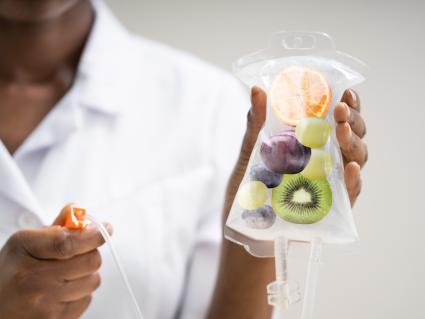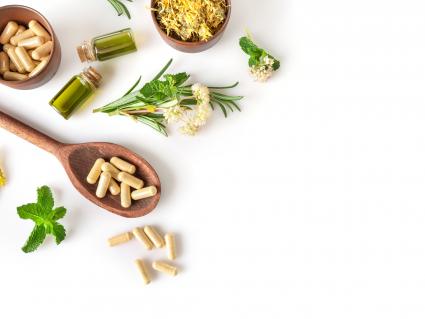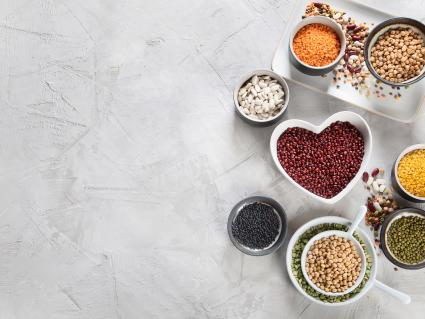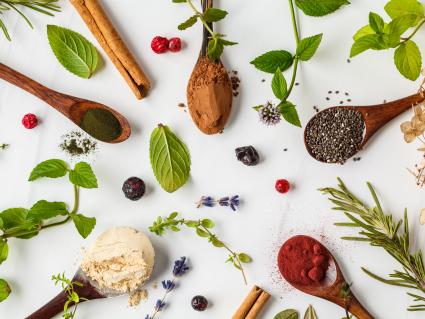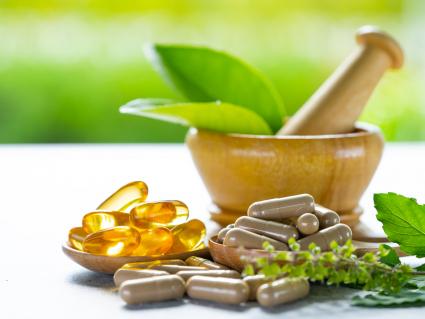Protecting Your Body Against Viral Infection

How viruses spread and survive and what you can do to protect yourself against them!
As a follow up to our recent discussion regarding the coronavirus pandemic, I would like to discuss some information regarding the immune system and its function and some natural ways to stimulate the immune system response.
How the Immune System Works
There are many parts to the immune system as it has many functions. For this discussion, I will focus primarily on the parts that are important for fighting and resolving viral infections.
Our immune system is divided into two broad categories called non-specific (innate) and specific (adaptive). There are mainly three non-specific parts of the immune system. First are anatomic barriers such as the skin, eyes (tears), respiratory tract and mouth (mucus, saliva). Second are white blood cells such as neutrophils, macrophages, and natural killer cells. And thirdly is an inflammatory response from cytokines which often are the source of symptoms such as fever, increased mucus, and pain. The specific immune response is responsible for creating cytotoxic T cells and antibodies from T and B lymphocytes, respectively.
Understanding Viruses
Viruses, unlike bacteria, CANNOT replicate on their own. They contain pieces of genetic material (DNA or RNA) and need to infect a host cell that does have replication capabilities. Viruses can be viable outside of a host cell for a short time, typically hours to days, but then become unviable. Therefore, in order to spread, the virus must travel from host to host. This is why is it extremely important to minimize contact with large groups of people at this time so that we can limit the spread of the virus. Coronavirus, like influenza, is an “enveloped” virus, meaning that it has an outer layer. This outer layer is susceptible to heat and detergents which is why hand washing and good cleaning techniques are important for killing the virus on surfaces.
How Our immune System Fights Viral Infection
Once the virus is in the host cell, that cell unknowingly starts to make more virus particles. This cell is now considered an “infected cell” and is labeled as such by the immune system. Specialized lymphocytes that are part of the non-specific immune response, called Natural Killer cells (NK cells), can take immediate action at identifying these infected cells in order to control viral replication. It is later that other parts of your specific immune system creates cytotoxic T cells and antibodies to specifically identify and target these viruses for removal. But it can take several weeks to start creating antibodies.
The influenza vaccine is given so that the immune system can start building antibodies prior to exposure of the virus. This gives an added “defense” if or when exposure occurs.
It is important then that we rely on the non-specific parts of our immune system to help fight this virus, since it takes several weeks to create antibodies. Barrier defenses such as hand washing, not touching your face, eyes, mouth, etc. are extremely important. And increasing the “first responders” against viruses, Natural Killer cells, can play an important role in fighting viral infections.
How We Can Boost our Immune System Function with Supplements
Here are some natural herbs and nutrients that increase NK cell activity and improve the immune system response to viruses. Many of the herbs contain specialized types of sugar compounds that stimulated NK cell production and activity. When taking herbs or supplements, it is important to discuss with your doctor potential side effects and/or interactions before starting a supplement regiment.
Astragalus
Astragalus contains polysaccharides that help to improve immune response. The polysaccharides stimulate lymphocyte production including NK cells. They can also stimulate T helper cells which are part of the specific immune response.
Fungi—shiitake, maitake, turkey tail, reishi, cordyceps
- Shiitake mushrooms contain a substance called lentinan which has immune stimulatory properties. These mushrooms can help stimulate a NK cell activity and T cell activity.
- Maitake mushrooms contain b-glucans and polysaccharides that stimulate NK cells and macrophages (1). They can also help to activate T-cells.
- Turkey Tail mushrooms contain a specific type of sugar called polysaccharide krestin. Widely used in Japan in conjunction with chemotherapy, it is known to stimulate the effects of T lymphocytes.
- Reishi mushrooms also contain polysaccharides that have NK cell and T lymphocyte stimulating properties (2)
- Cordyceps is a type of fungus and is not a mushroom. Preliminary studies suggest that cordyceps help to stimulate the immune response by increasing NK cell activity (3) and increasing T cells.
Echinacea
Echinacea has been used for many years to help with preventing and alleviating symptoms from the common cold and influenza. It appears to be effective against “enveloped” viruses which again include coronavirus and influenza virus (4). Echinacea contains polysaccharides and arabinogalactans that help to increase levels and activity of NK cells, T-lymphocytes, neutrophils, and macrophages.
Elderberry
Elderberry is a dark purple berry from deciduous trees found predominantly in N. America and Europe. Since it is a berry, it has antioxidant properties from polyphenols and flavonoids. Elderberry has been shown to have effectiveness for the influenza virus (5).
Andrographis
Andrographis is an herb native to India. In Ayurvedic medicine it has been used for colds and flu. It has shown in-vitro activity against certain flu viruses (6). It may also help to stimulate macrophages and increase antibody activity.
Vitamin C and Zinc
Vitamin C is a water soluble vitamin known for its anti-oxidant properties. It has been shown to improve the activity of NK cells and increase production of lymphocytes. Zinc can also help to stimulate NK cell activity (7).
References
- https://www.ncbi.nlm.nih.gov/
pubmed/16608207?dopt=Abstract - https://www.ncbi.nlm.nih.gov/
pmc/articles/PMC4684115/ - https://www.ncbi.nlm.nih.gov/
pubmed/1392475?dopt=Abstract - https://www.hindawi.com/
journals/ecam/2012/841315/ - https://www.ncbi.nlm.nih.gov/
pubmed/9395631?dopt=Abstract - https://www.ncbi.nlm.nih.gov/
pubmed/28783743?dopt=Abstract - https://www.ncbi.nlm.nih.gov/
pubmed/16373990











